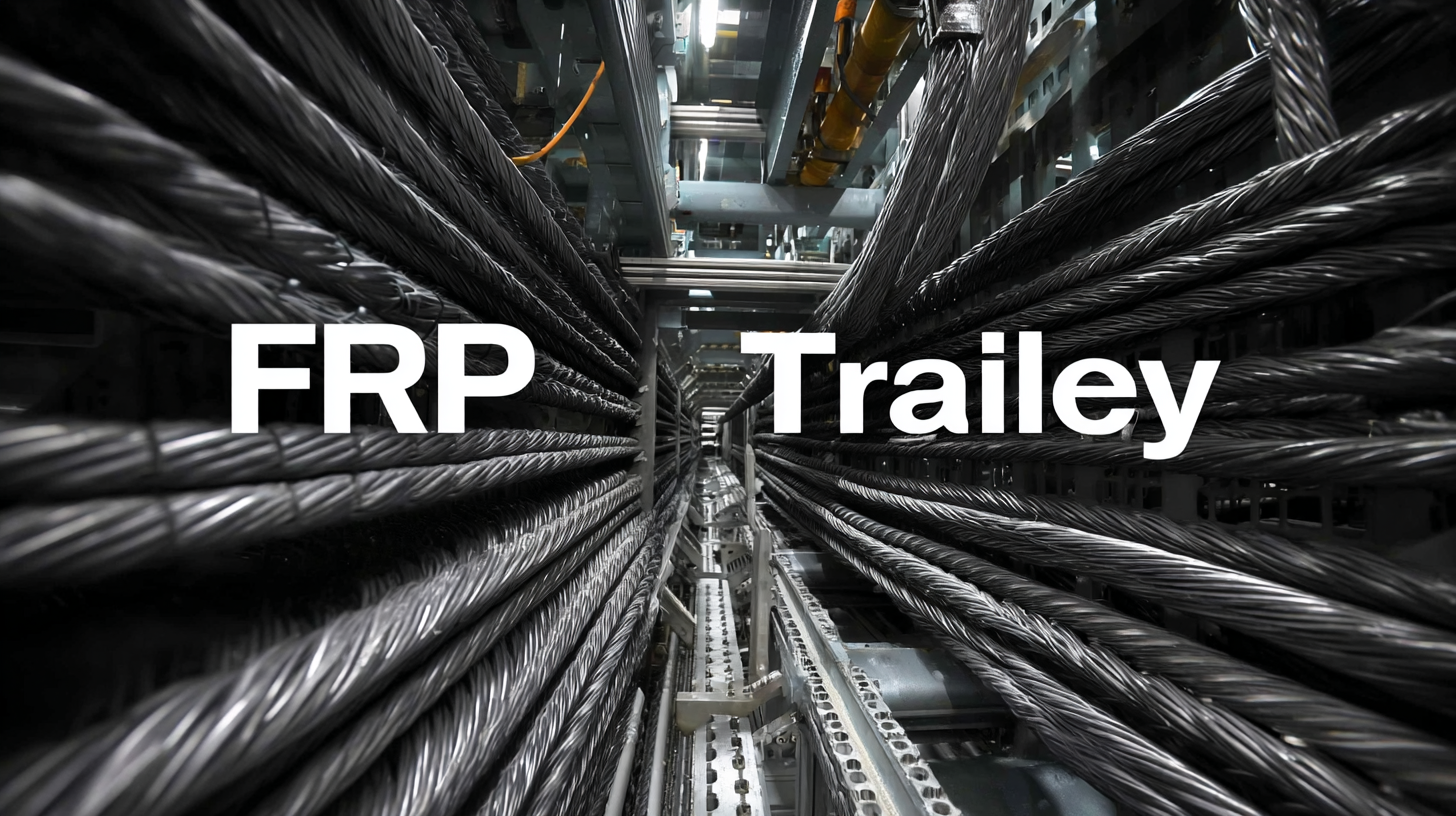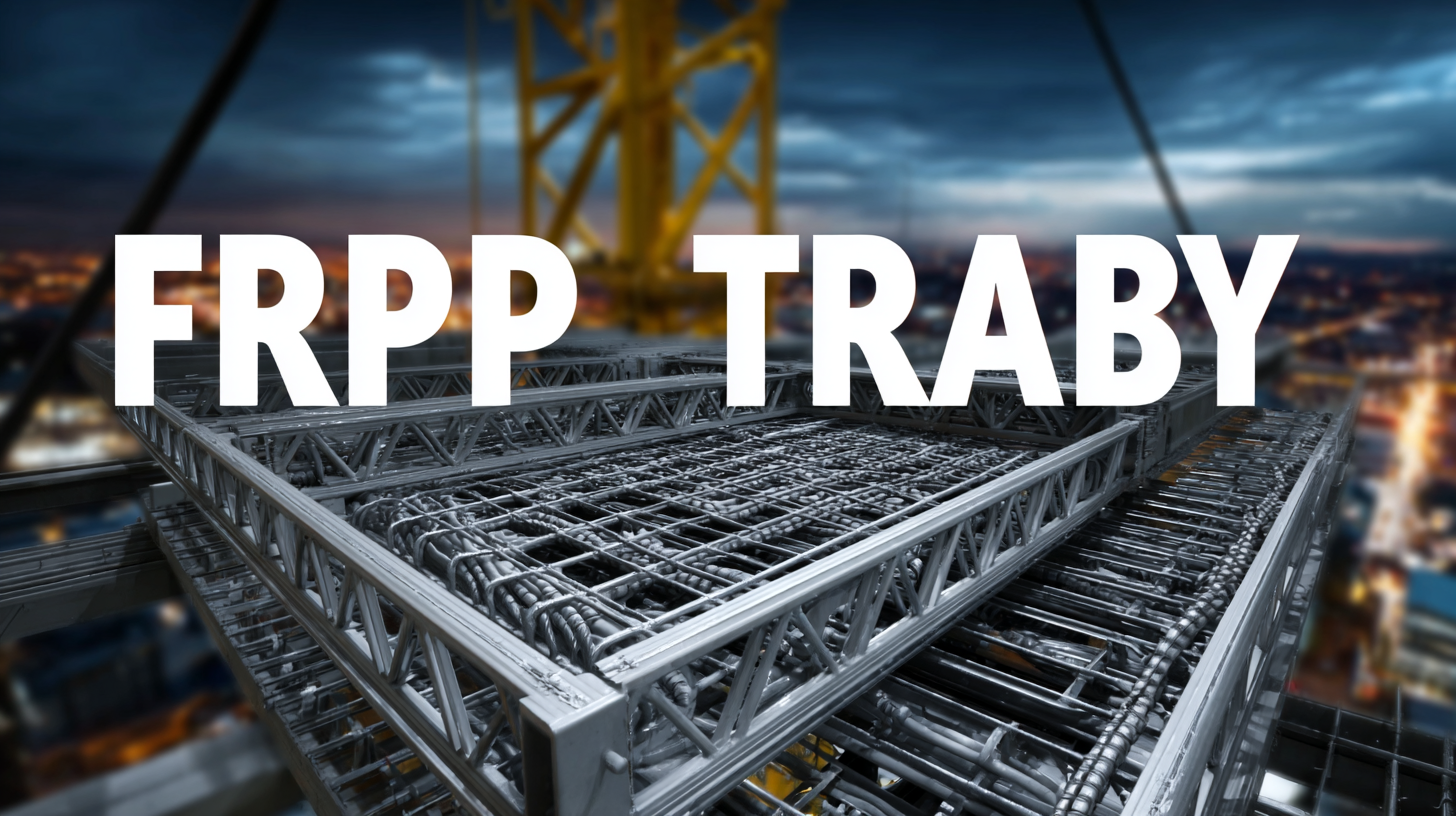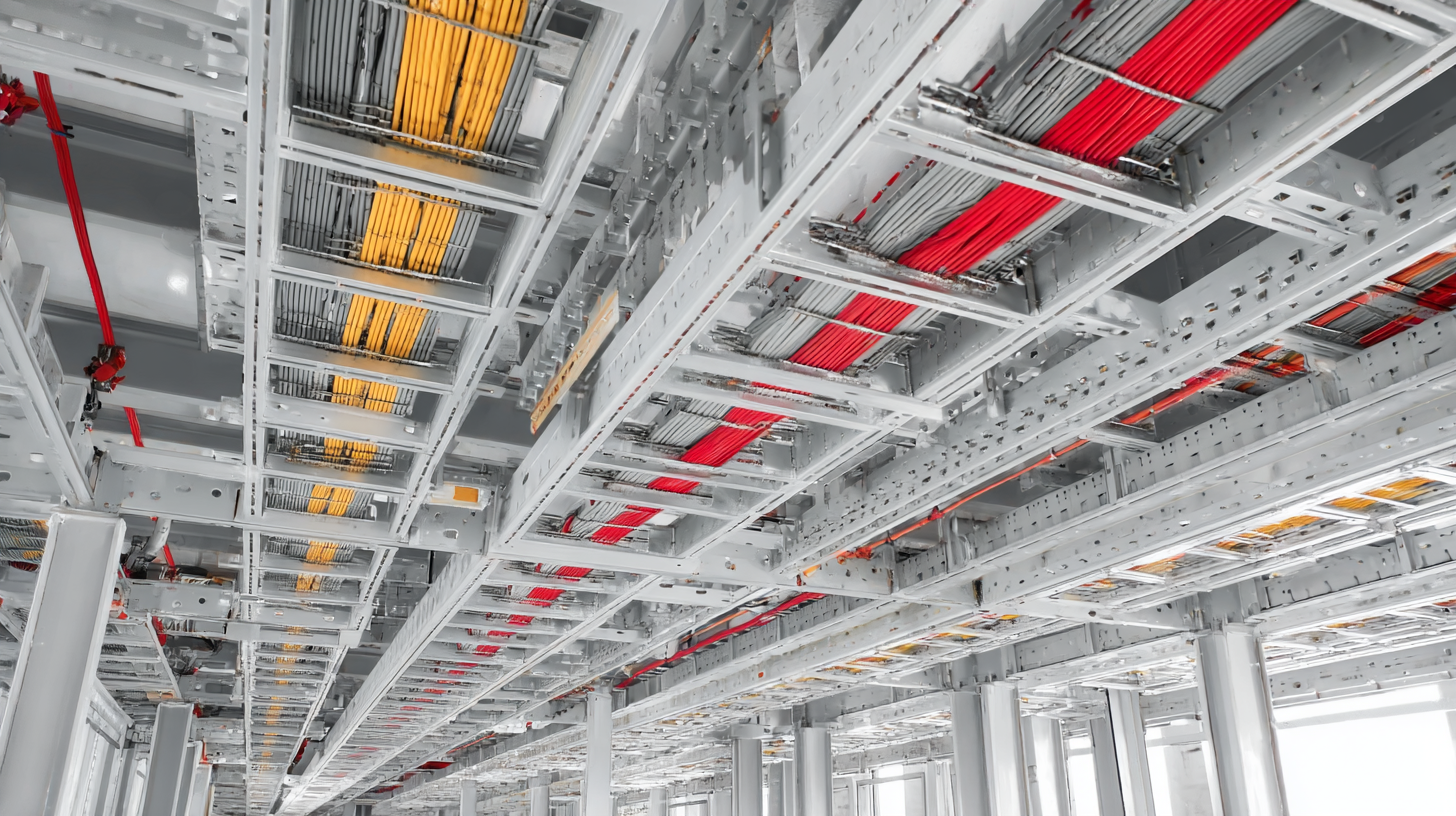In recent years, the demand for FRP (Fiber Reinforced Plastic) cable trays has soared, driven by the growing emphasis on durability and corrosion resistance in various industrial applications. According to a report by MarketsandMarkets, the global FRP market is projected to reach $12.3 billion by 2025, with a compound annual growth rate (CAGR) of 5.4%. The unique properties of FRP cable trays, such as their lightweight nature combined with high strength and resistance to environmental factors, make them ideal for industries ranging from construction to telecommunications. As industries strive for efficient and reliable cable management solutions, understanding the top use cases for FRP cable trays becomes crucial. This blog will delve into what sets FRP cable trays apart in the marketplace, exploring their key advantages and popular applications across various sectors.

The utilization of FRP (Fiberglass Reinforced Plastic) cable trays is rapidly gaining traction across various industries due to their unique advantages. One key advantage is their exceptional resistance to corrosion and harsh environmental conditions, making them a suitable choice for industries such as chemical processing and wastewater treatment. Unlike traditional metal trays, FRP cable trays can withstand exposure to aggressive chemicals and moisture, ensuring longevity and reliability in demanding settings. This durability contributes to reduced maintenance costs and a significant extension of the product's lifecycle.
In addition to their durability, FRP cable trays offer lightweight properties, which simplify installation and reduce labor costs. Their ease of handling can accelerate project timelines, especially in sectors like construction and telecommunications where efficiency is crucial. Furthermore, the non-conductive nature of FRP materials minimizes the risk of electrical hazards, making them a safer option for managing electrical cables. As industries increasingly prioritize safety, efficiency, and durability, the adoption of FRP cable trays is expected to grow, positioning them as a leader in the evolving infrastructure landscape.
When evaluating cable management solutions, FRP (Fiberglass Reinforced Plastic) cable trays stand out against traditional alternatives like steel and aluminum trays. One major distinction lies in their resistance to corrosion, which makes FRP particularly ideal for environments exposed to harsh chemicals and moisture. While traditional materials may rust or degrade over time, FRP trays maintain their integrity and structural strength, ensuring a longer lifespan and reduced maintenance costs.
Another critical differentiator is weight. FRP cable trays are significantly lighter than traditional metal trays, which simplifies installation and reduces labor costs. The ease with which they can be handled and installed not only enhances project timelines but also allows for greater flexibility in design and reconfiguration of cable systems. Additionally, FRP trays are non-conductive, adding an extra layer of safety in electrical applications that traditional metal trays cannot provide.
In terms of aesthetics, FRP trays offer a modern look that can blend seamlessly into various architectural styles, making them an attractive option for contemporary buildings. With options for customization in color and finish, FRP trays can enhance the overall visual appeal of a space while providing the functionality needed for effective cable management.
Fiber Reinforced Plastic (FRP) cable trays have emerged as a leading solution in various sectors due to their durability and resistance to environmental factors. In the oil and gas industry, for instance, the use of FRP cable trays has increased by 35% over the past five years, significantly reducing maintenance costs by up to 30% compared to traditional metal trays. Their resistance to corrosion and lightweight nature makes them particularly suitable for offshore platforms, where harsh conditions can lead to expensive downtimes.
In the renewable energy sector, FRP cable trays are gaining traction as well. The global market for FRP in solar photovoltaics has witnessed a growth rate of 18% annually, driven by the need for lightweight and corrosion-resistant components that support energy generation infrastructure. Case studies reveal that companies integrating FRP cable trays in solar farms report enhanced operational efficiency and reduced installation times by an estimated 25%. These sector-specific applications underscore how FRP cable trays not only offer practical benefits but also contribute to the overall sustainability goals of industries facing stringent environmental regulations.
This chart displays the top industry use cases for FRP (Fiberglass Reinforced Plastic) cable trays, highlighting the percentage of adoption across various sectors.
When it comes to manufacturing Fiber Reinforced Plastic (FRP) cable trays, quality assurance is paramount. The landscape of FRP production in China has significantly evolved, setting a high standard in the global market. One aspect that distinguishes Chinese FRP cable tray manufacturers is their rigorous adherence to international quality norms and standards, ensuring that their products can withstand diverse environmental conditions.
Tips: When selecting an FRP cable tray, always inquire about the manufacturer’s quality certification. Look for compliance with ISO or other relevant standards, as this can often indicate reliability and durability.
Additionally, the use of advanced manufacturing techniques and materials plays a critical role in the uniqueness of Chinese-made FRP cable trays. These enhancements not only increase the strength and longevity of the trays but also make them lightweight and easy to install. The ability to customize designs to meet specific project requirements further establishes why Chinese products are considered a top choice among industry professionals.
Tips: Before finalizing your purchase, consider reaching out to previous clients of the manufacturer to gauge their satisfaction with the product's quality and performance in real-world applications.

The landscape of FRP (Fiber Reinforced Polymer) cable trays is evolving rapidly, driven by the increasing demands of various industries for enhanced durability and functionality. Future trends in FRP cable tray design focus on the integration of smart technology and sustainable materials. Manufacturers are exploring sensors embedded within the trays that can monitor temperature, load, and wear over time, providing real-time data to enhance maintenance scheduling and improve safety. This shift towards smart functionality not only maximizes operational efficiency but also minimizes potential downtime.

Moreover, sustainability is becoming a significant factor in FRP cable tray development. As industries strive to reduce their environmental footprint, manufacturers are prioritizing the use of recyclable materials and eco-friendly production processes. Innovations such as incorporating recycled fibers and reducing toxicity in resin formulations are on the rise. This focus on sustainability not only meets regulatory requirements but also aligns with the growing corporate responsibility initiatives across sectors, thus creating a dual benefit of environmental stewardship and operational longevity in cable management systems.
TradeManager
Skype
VKontakte

